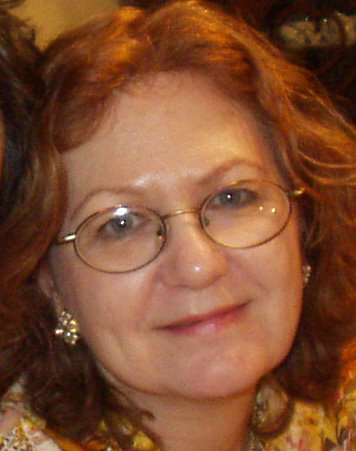To Tattoo or Nottoo
 With the end of the year approaching, it's time to take a hard look at my resolutions. Every year I make quite a few. Some I'm very determined to accomplish. Others are more like suggestions to myself, things I want to think seriously about. Writing them on a napkin on New Year's Eve and looking at them on the refrigerator every day keeps me constantly evaluating them over the course of the year.
With the end of the year approaching, it's time to take a hard look at my resolutions. Every year I make quite a few. Some I'm very determined to accomplish. Others are more like suggestions to myself, things I want to think seriously about. Writing them on a napkin on New Year's Eve and looking at them on the refrigerator every day keeps me constantly evaluating them over the course of the year."Get a tattoo" is one of those latter, suggestion-type resolutions. Getting a tattoo is a pretty big decision, after all. Pretty final. The thing other people are always telling you you're going to regret one day.
A tattoo is a message to everyone you meet--unless you cover it up--that you feel very strongly about something or other. About your Mom, or "Johnny," or the Crips or the Bloods or the Marines. Or the fact that you crossed the equator. Or that love or money or motorcycles rule your world. Or that snarling tigers or hooded cobras are the baddest things going, in your opinion.
A tattoo is also a message to your future self...that same self that's going to regret the tattoo in a few years. When you get a tattoo at 19, you're telling your paunchy, middle-aged, loser self that once upon a time you felt passionately about someone or something. That you don't give a rat's ass if that middle-aged self is married to somebody besides "Betty," or regrets going on all those drunken benders and doing crazy things like going to tattoo parlors.
Well, that goes for most tattoos, anyway. Not the ones branded on concentration camp prisoners, most notably at Auschwitz. Those were a particularly degrading form of identification. Most, although by no means all, Auschwitz prisoners were Jewish. Tattooing is forbidden by the Torah: "You shall not make gashes in your flesh for the dead, or incise any marks on yourselves: I am the Lord" (Leviticus 19:28). So being forced to wear a tattoo was an especially cruel punishment for observant Jews.
Voluntarily submitting to a tattoo similar to those marking prisoners is different, however. It seems to me to be a way to show solidarity with those victims, and with all victims of abuse. Also a way to memorialize them; not to forget. And to take back the stigma, like a black person calling himself a nigger, or a homosexual wearing a pink triangle: a way to take control.
Auschwitz was the only Nazi camp which tattooed its prisoners. Serial numbers beginning with "A" were for women; "B" for men. Anne Frank was a prisoner at Auschwitz, and received a tattoo. Although her exact number seems lost to history, it was somewhere in the series A-25060 to A-25271.
I marked the number A-25060 on my left arm in the manner of an Auschwitz tattoo, just to experience a bit what it would feel like. Pretty creepy. Do I have the nerve to do this for real? I'm still not sure.


